Safety
Sharing expertise with Volvo Cars, Polestar 3 is built on almost 100 years of groundbreaking safety development. Designed with the latest structural innovations and advanced driver-assistance systems, it's at the forefront of protective and preventive technology.
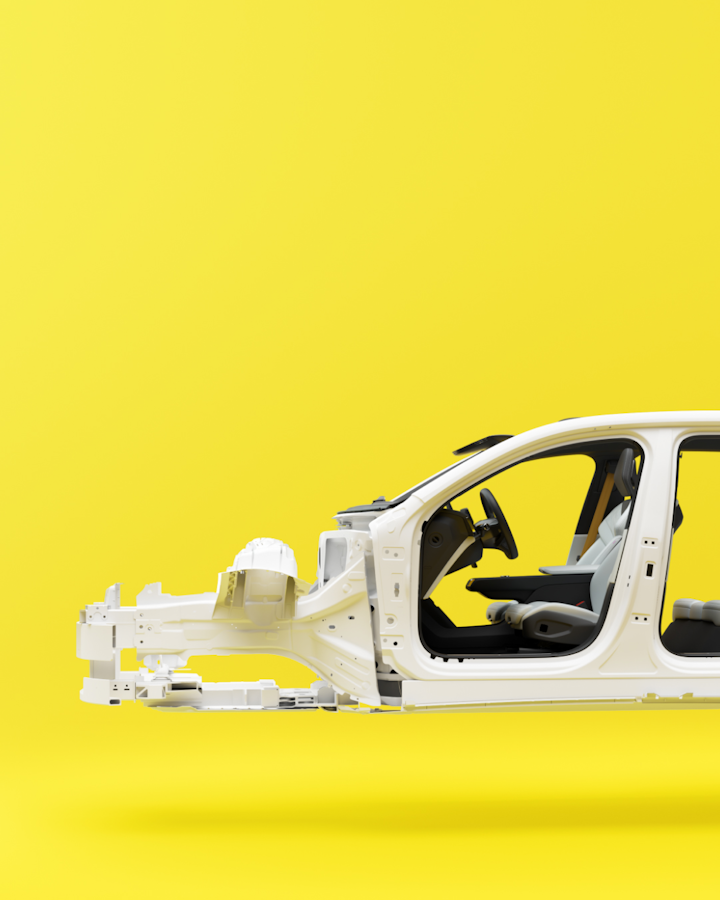
LiDAR¹ from Luminar
The LiDAR¹ system scans the environment to create a 3D understanding of the car's surroundings, further enhancing its driver-assistance capabilities. It uses laser technology to identify objects up to 820 feet away, even in darkness and poor weather conditions.
Available to order mid-2025.¹
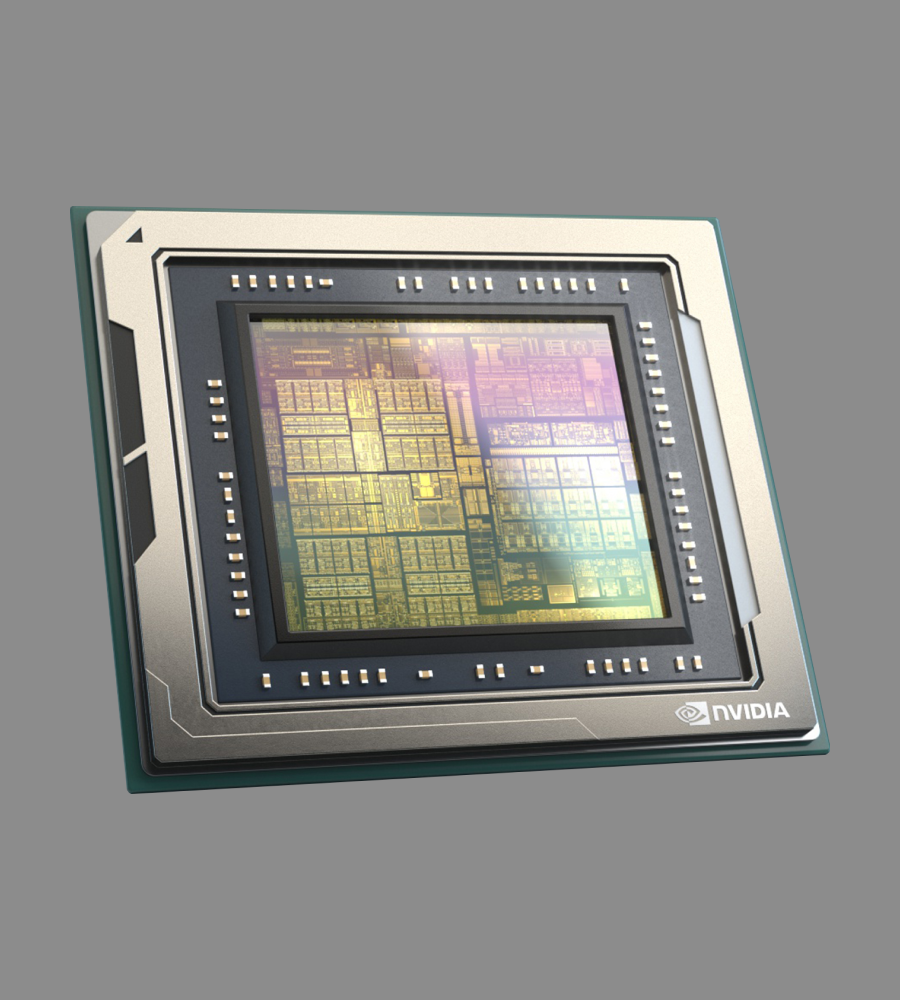
NVIDIA computer
The LiDAR upgrade¹ includes an additional NVIDIA DRIVE Orin™ core computer. Able to handle 254 trillion operations per second, it's more than capable of processing the visual and sensory input needed for advanced driver-assistance functions.
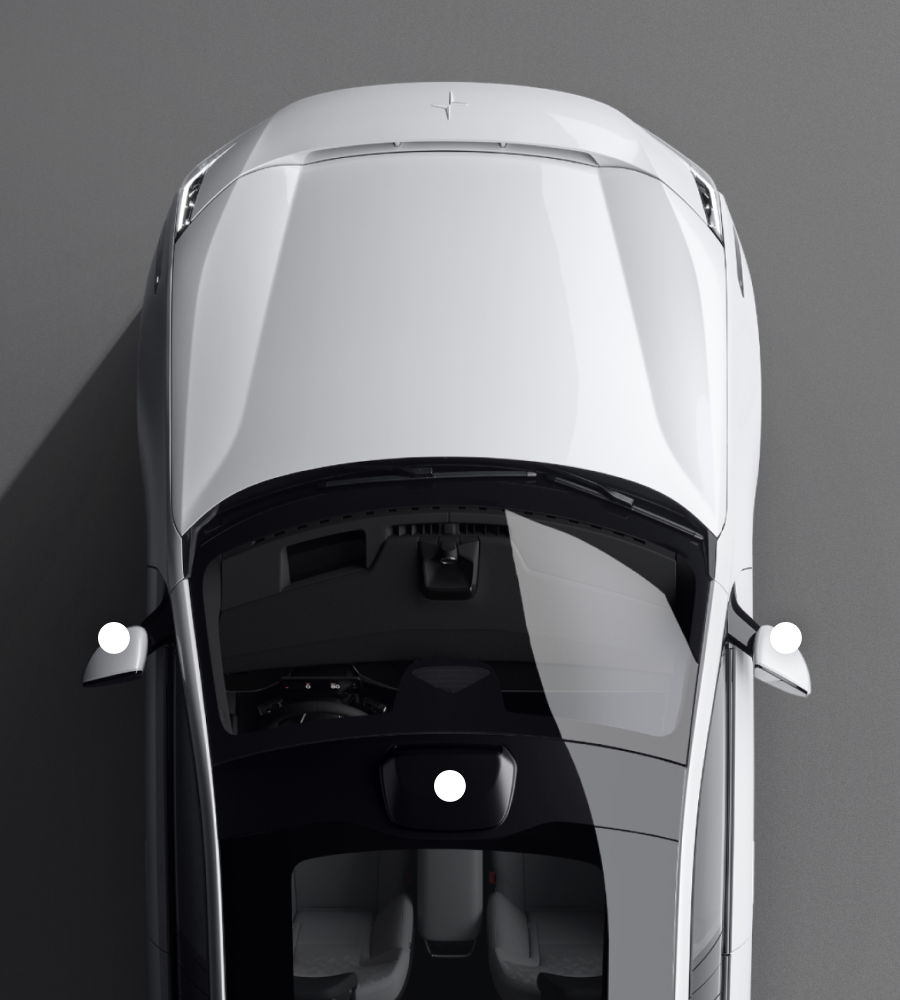
Additional cameras
Besides the LiDAR¹ unit, this upgrade includes three extra high-resolution cameras. Two are placed in the door mirror arms, complementing the standard surround-view cameras to enhance rearward vision. A third camera is added to the SmartZone, extending the car's forward vision.
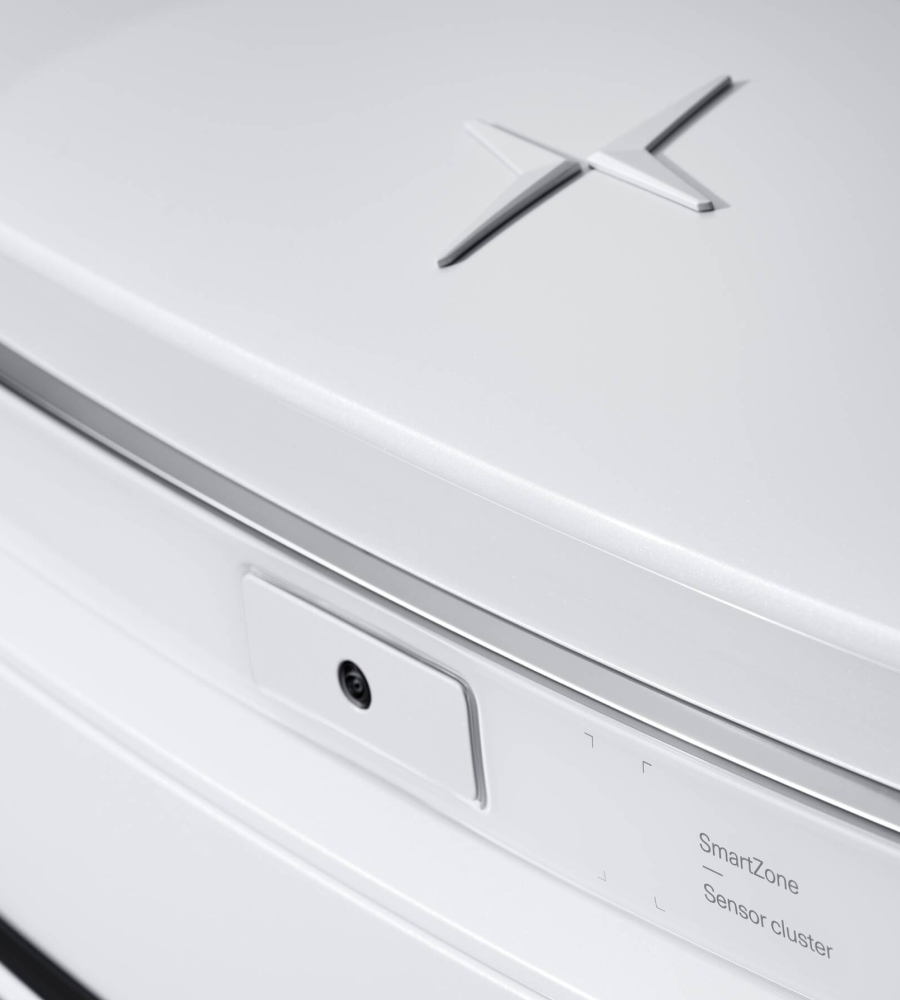
Camera cleaning
All three additional cameras include an automatic cleaning function, ensuring optimal vision regardless of weather or road conditions.
SmartZone
Since Polestar 3 doesn't need a grille, it's been replaced by the SmartZone, containing cameras, sensors, and a radar. This enables the car to see things the driver sometimes can't and detect potentially dangerous situations.
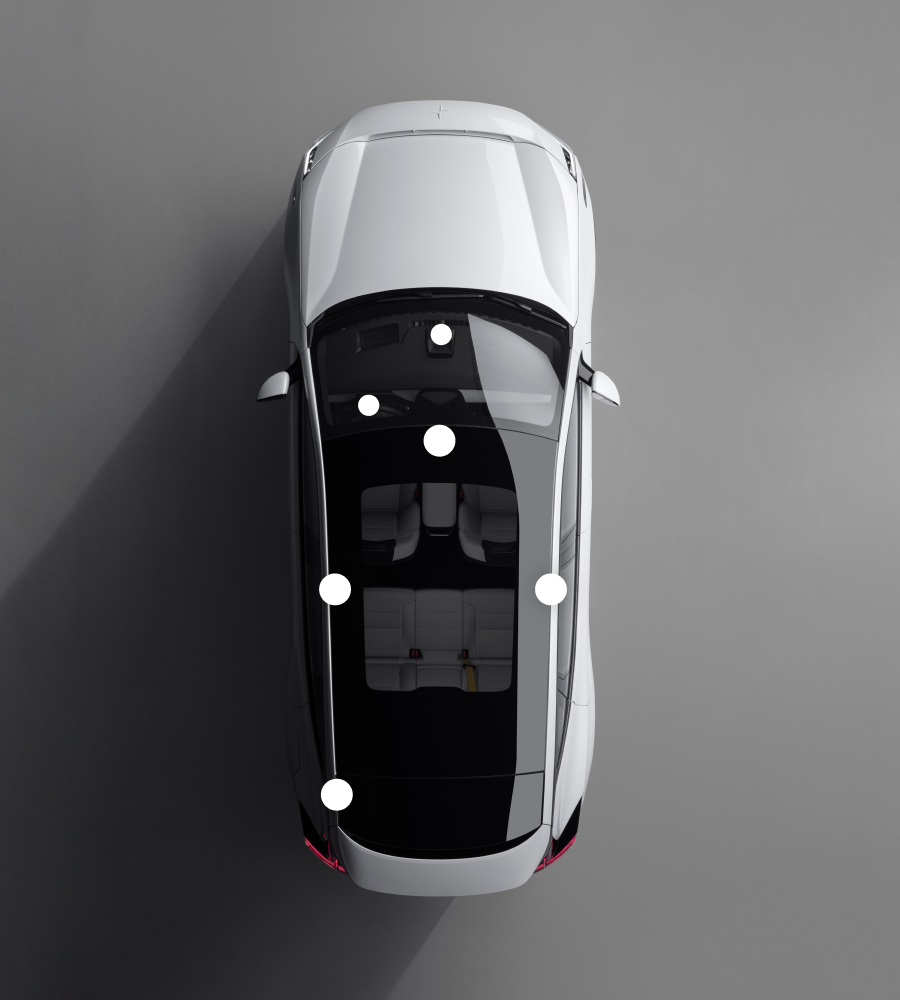
Interior radars and cameras
Two infrared cameras track the driver's eyes, and four motion-sensing radars monitor the car's interior. The cameras can detect signs of fatigue or drowsiness, even through glasses. The radars help ensure that no children or pets are left in the car unintentionally. Both features work without storing information.
Driver Monitoring System
To help avoid a collision due to distraction, fatigue, or sickness, the Driver Monitoring System is designed to track the driver's eye and head movements. Upon detecting any abnormalities, the system issues an audible and visible warning, ready to initiate an emergency stop procedure if there's no significant response.
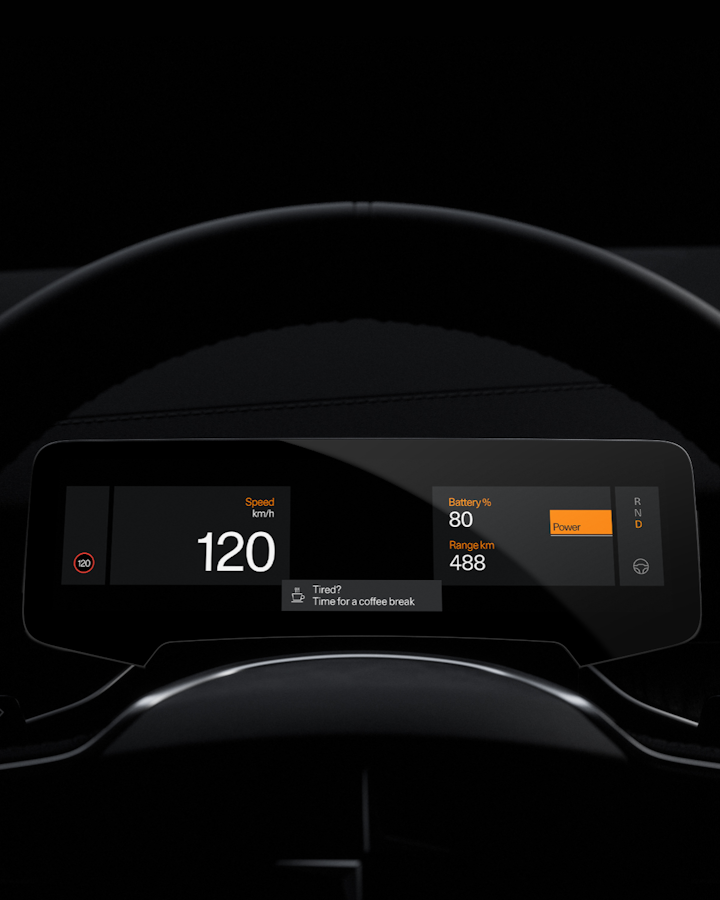
Occupant Detection System
When leaving the car, four motion-sensing radars scan the cabin. The tiniest movement can stop the doors from locking and trigger a warning that a child or pet may still be inside. If this is intentional, Polestar 3 can be locked while the climate system stays active.
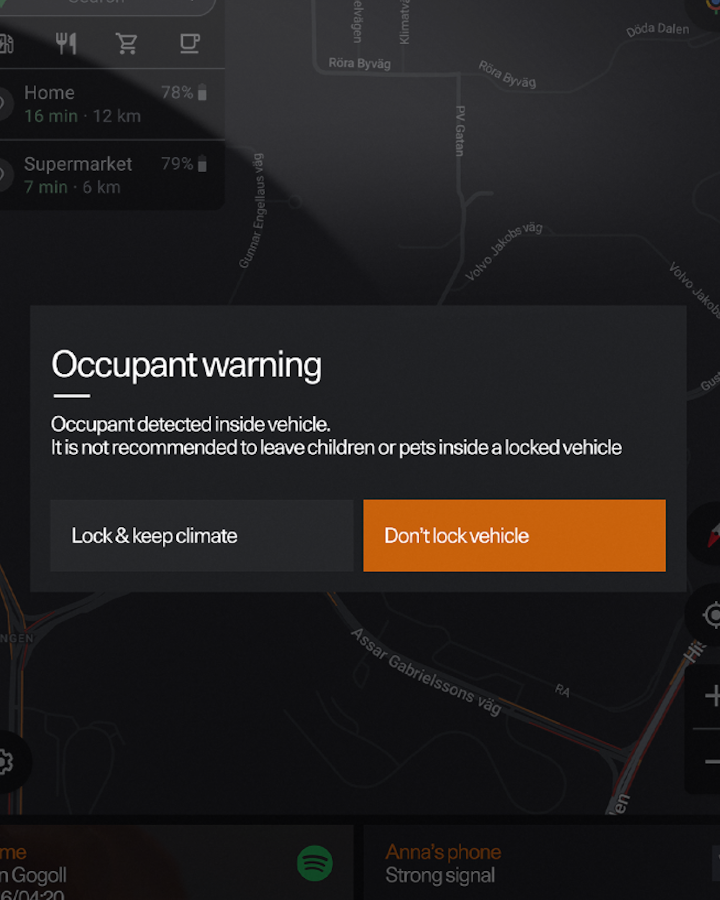
Blind Spot Information System
If a vehicle is about to pass Polestar 3, the Blind Spot Information System can alert the driver with a warning light integrated in the frameless mirrors. If the system senses that the driver intends to switch lanes, the steer assist function can guide Polestar 3 back into its lane.
Exit assist
The Blind Spot Information System in Polestar 3 detects and warns occupants when objects such as pedestrians, bicycles, and other vehicles are approaching from the rear. To caution against exiting, the frameless mirror closest to the detected motion will flicker with an LED indicator. An added audible signal is made if any doors are presently opened.
Forward collision avoidance
Day or night, in all conditions, Polestar 3 is designed to monitor the surrounding environment using an array of sensors and advanced technology. When it detects pedestrians, cyclists, or traffic anomalies at intersections, the car can warn the driver. If the driver doesn't brake in time, the car can brake automatically to avoid or mitigate the potential impact.
Lane departure prevention
Lane Keeping Aid
If Lane Keeping Aid senses that the car is about to cross a lane marking without using the indicators, it can gently steer the car back into its lane. If this fails to correct the issue, it can alert the driver by vibrating the steering wheel.
Lane departure prevention
Run-off Road Mitigation
Keep the rubber on the road. If Polestar 3 strays towards the road shoulder, Run-off Road Mitigation helps steer the car back. If the car still manages to leave the road surface, it is designed to apply the brakes and prepare the seat belts for potential impact.
Parking assistance
Polestar 3 uses cameras and ultrasonic sensors to help navigate parking spaces. Its wide-angle parking cameras also make it easier to maneuver on narrow streets and around sharp corners. The car warns the driver of potential hazards, and can also take preventative action when needed.
360° camera with 3D view
When maneuvering at low speeds, Polestar 3 shows a bird's-eye view of its surroundings. Park Assist uses 360° ultrasonic sensors and wide-angle cameras to measure the distance to obstacles at the front and rear of the car, and warns the driver visually and audibly to avoid collisions.
Available as an upgrade.
Cross Traffic Alert with auto-brake
When reversing out of a driveway, parking space or around a corner, Cross Traffic Alert uses Polestar 3's rear radars to scan for approaching cars, cyclists, and pedestrians. Following visible and audible warnings, the auto-brake can engage to stop the vehicle if there is a risk of a collision.
Adaptive Cruise Control
Adaptive Cruise Control adjusts the car's speed to the pace of traffic, constantly monitoring the vehicle in front to maintain a safe distance. This feature works at speeds up to 110 mph, where legally permitted.
Pilot Assist
Using the same camera and radar as Adaptive Cruise Control, this feature can detect if Polestar 3 moves too close to the lane markings. Working at speeds up to 100 mph, where legally permitted, it keeps the car centered in the driving lane by making gentle steering adjustments when necessary.
Available as an upgrade.
Lane change assist
Extending the functionality of Pilot Assist, Lane Change Assist allows Polestar 3 to guide itself into the adjacent driving lane. All the driver has to do is move the indicator stalk fully up or down, and the car will only proceed if the system's camera and radars indicate it's safe.
Available as an upgrade.
Road Sign Information
A car that is designed to see the signs. Even when the driver doesn't. The Road Sign Information system detects and displays speed limit and other road signs in the instrument panel. It can also alert the driver if the speed limit has been exceeded or if there are speed cameras nearby.
Intelligent lighting
The new-generation LED headlights of Polestar 3 are bright in every sense of the word. They can adapt their beam to the movement of the car, the closeness of other vehicles, and the load carried, providing optimal illumination in any situation.
Active High Beam
The advanced Active High Beam system detects both oncoming traffic and cars in front of Polestar 3, automatically switching to low beam to avoid blinding other drivers.
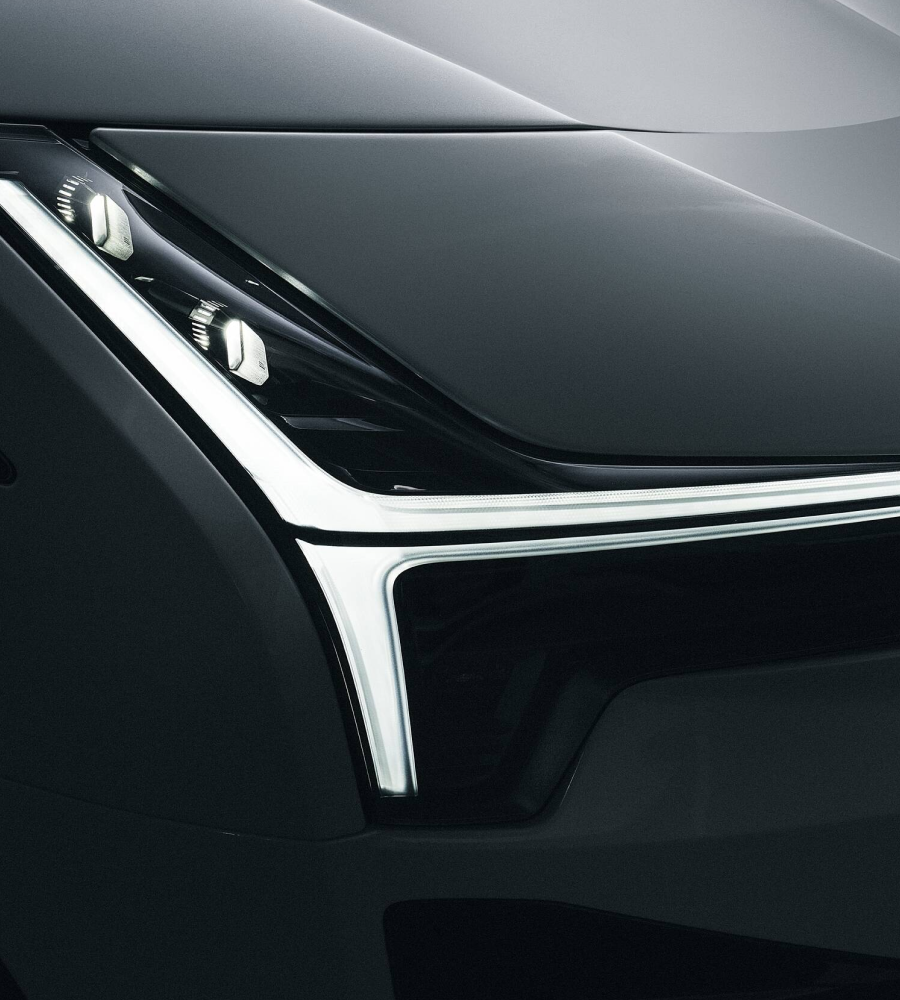
Automatic leveling
Light at the right height. The beam of the headlights is constantly kept at an optimal level, automatically adjusting for the number of passengers or the load carried. The system will also compensate for rapid acceleration or deceleration.
Corner illumination
The corner illumination function makes it easier to judge sharp turns by adding an extra light module to the headlight units. It's activated by the steering system and works at speeds up to 25 mph.
Rear light warning sequence
Polestar 3 actively works to improve the safety of all drivers. If the brake pedal is depressed very quickly, the onboard systems sense a possible emergency and the rear lights automatically show a warning sequence.
Acoustic Vehicle Alert System
An unobtrusive way to let pedestrians and cyclists know that Polestar 3 is approaching or backing up. Using three external speakers, the Acoustic Vehicle Alert System (AVAS) generates unique, distinctive sounds that help the car make itself heard, increasing safety for vulnerable road users.
01/02
Post-impact protection
A well-designed body structure is crucial when it comes to safety. Polestar 3's passenger compartment is equipped with 9 airbags, and constructed using ultra-high-strength steel. The car's front and rear crumple zones use a mix of materials to absorb and dissipate energy, protecting occupants in impact situations.
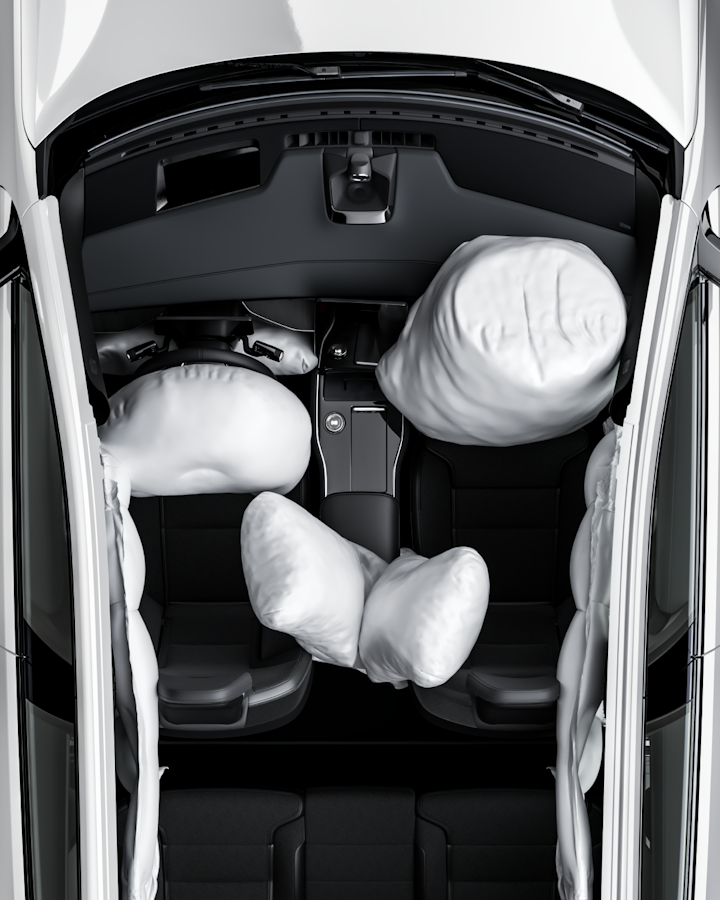
Post-impact braking
Post-impact braking is designed to reduce the risk of serious injury or damage to the vehicle, as well as the severity of a potential secondary collision. When the airbags and the seat belt pre-tensioners are deployed during an impact, onboard sensors signal the brakes to bring the car to a controlled standstill, helping reduce the after-effects of the impact.
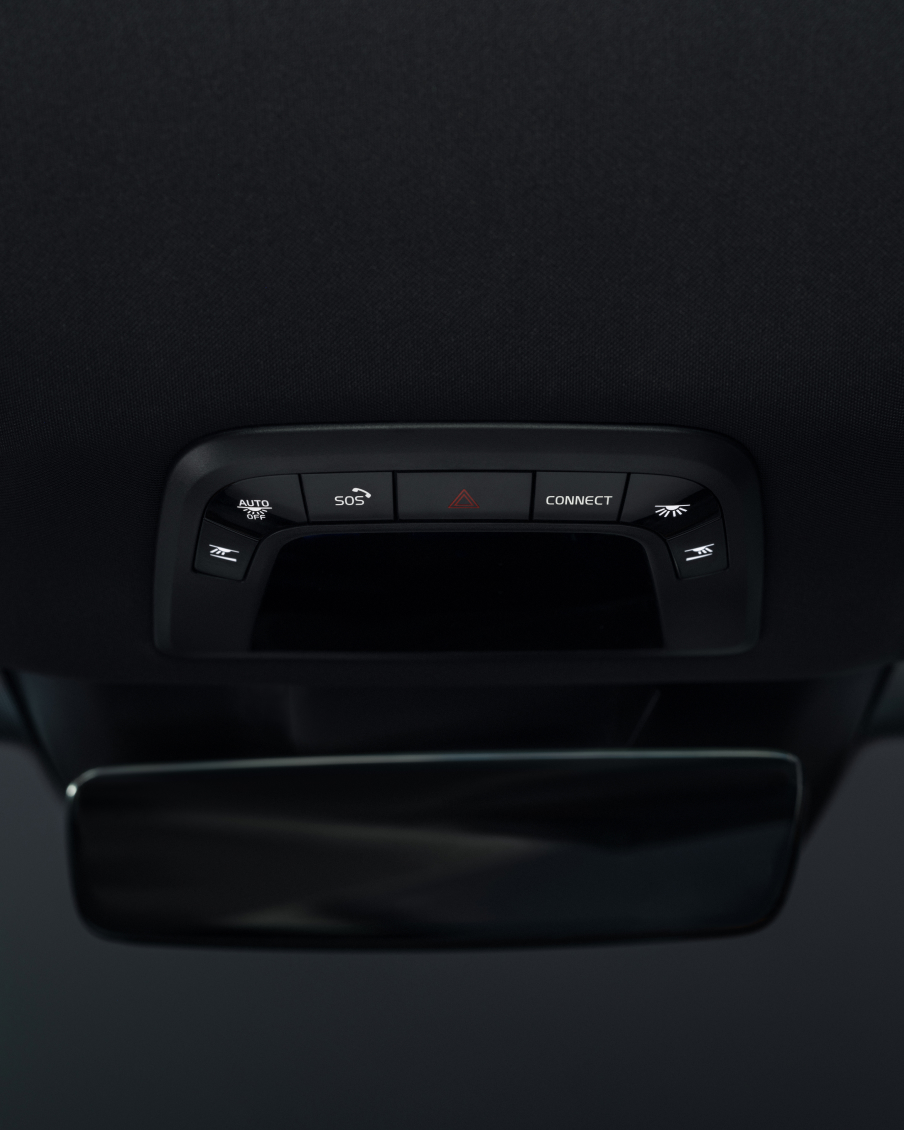
Direct assistance
The overhead console includes two buttons that can make direct calls in case of a breakdown or an accident. The Connect button is used to reach Polestar Assistance for events like a flat tire. The SOS button is intended for emergency situations such as accidents. In the event of a severe accident, Polestar 3 will automatically call for help.
More about Polestar 3
- LiDAR upgrade subject to availability based on production cycles. Deliveries to start mid-2025.
- Visuals are for illustrative purposes only. European model shown.





